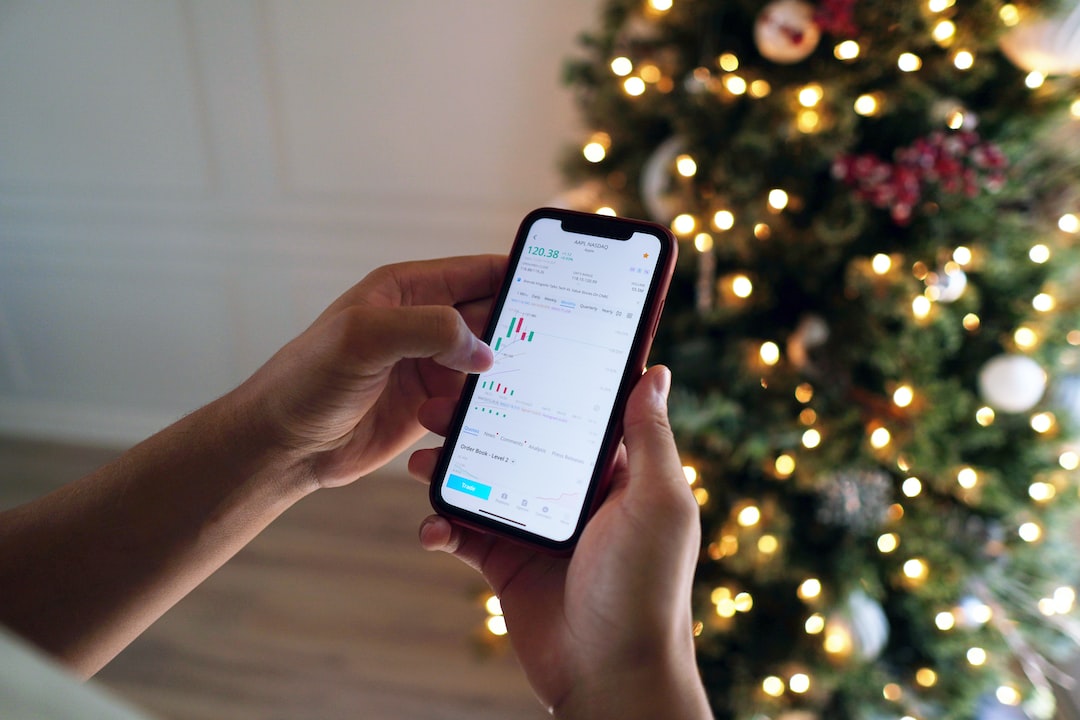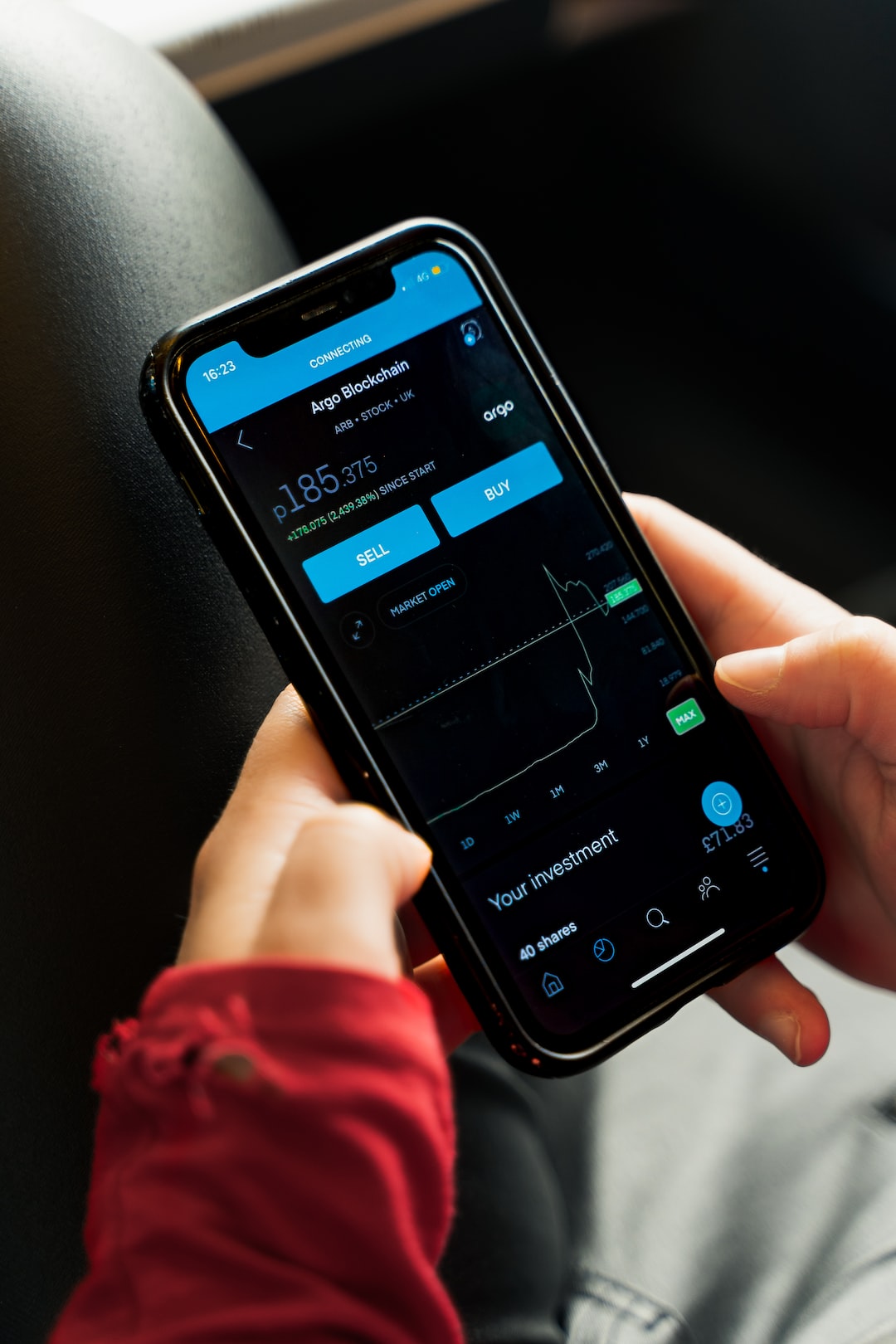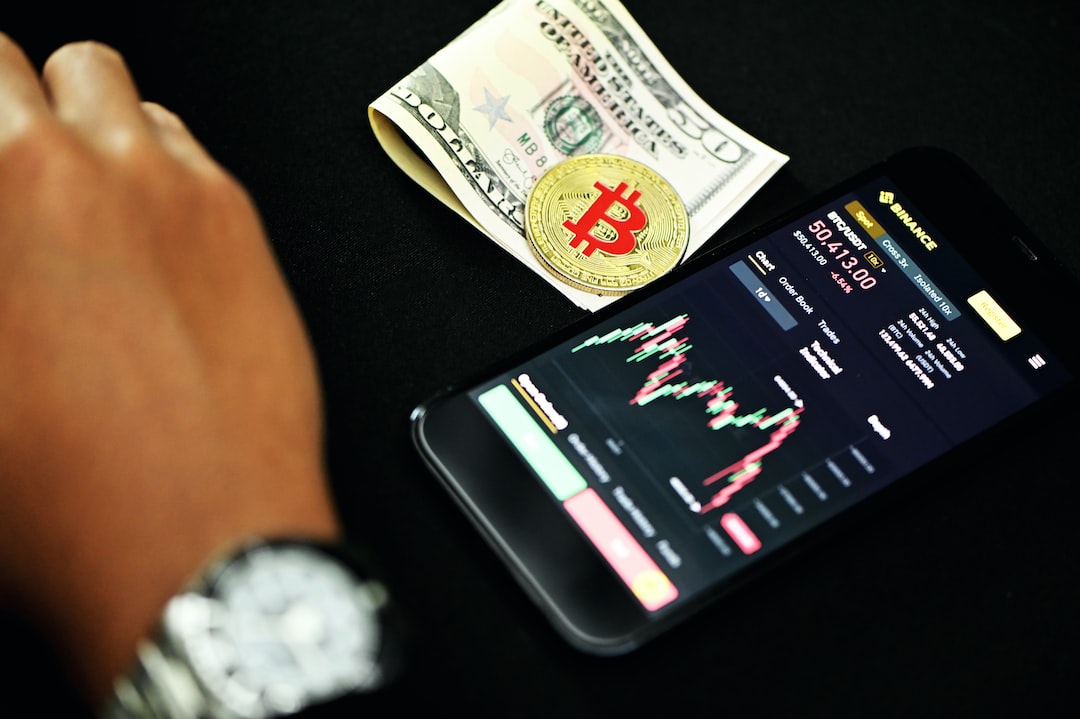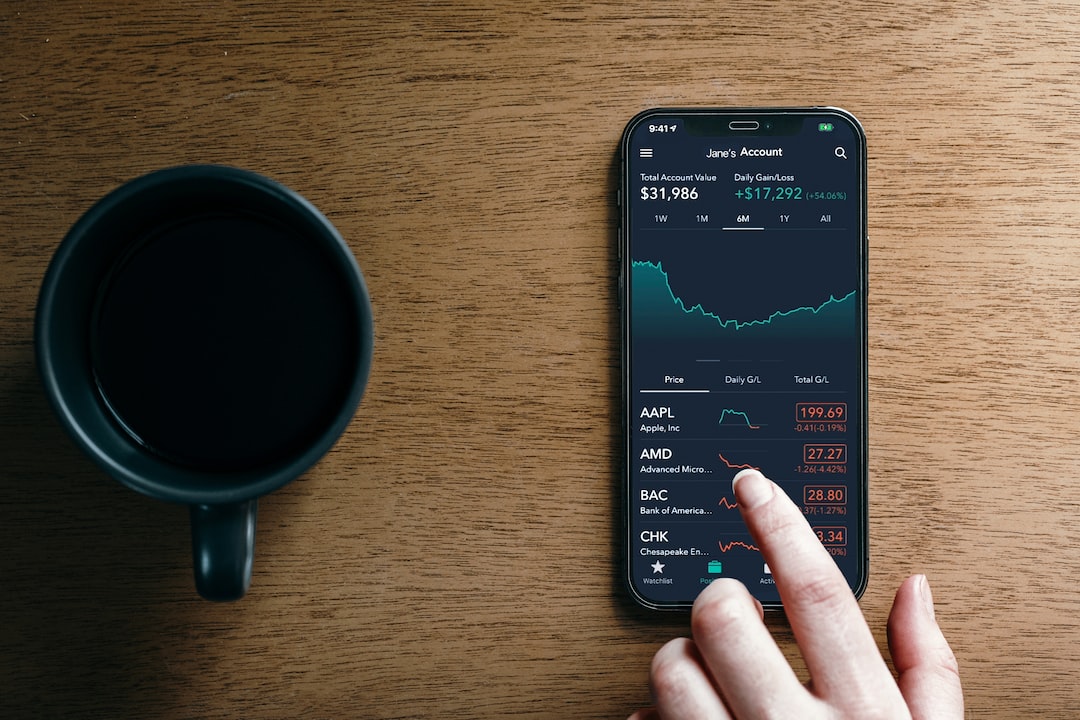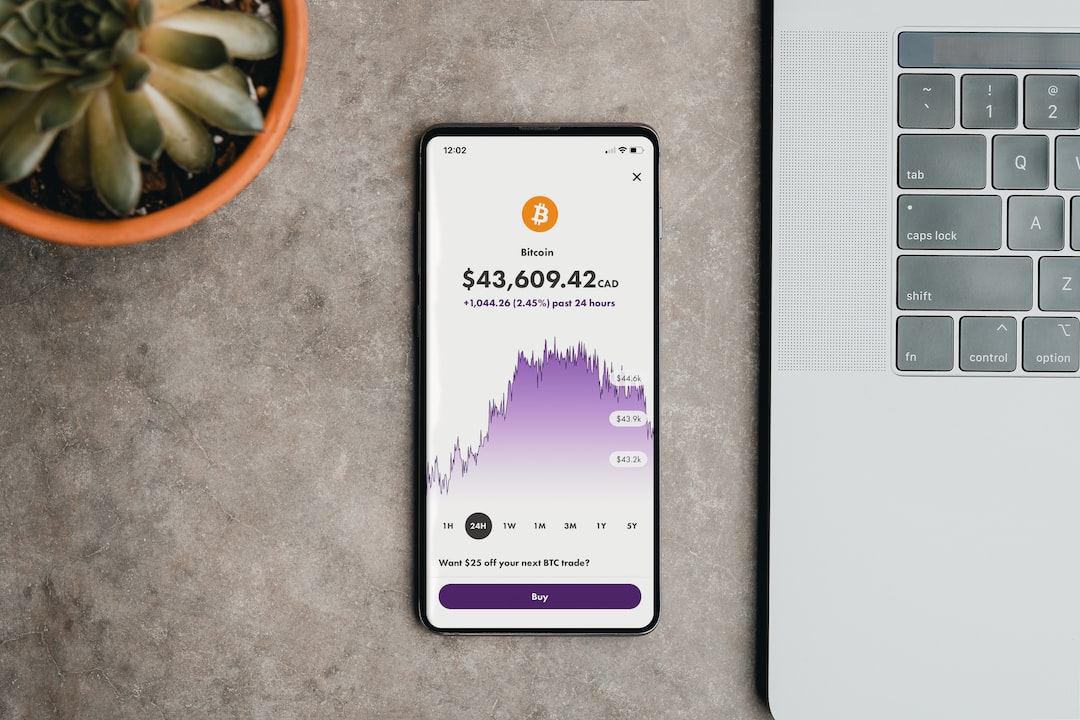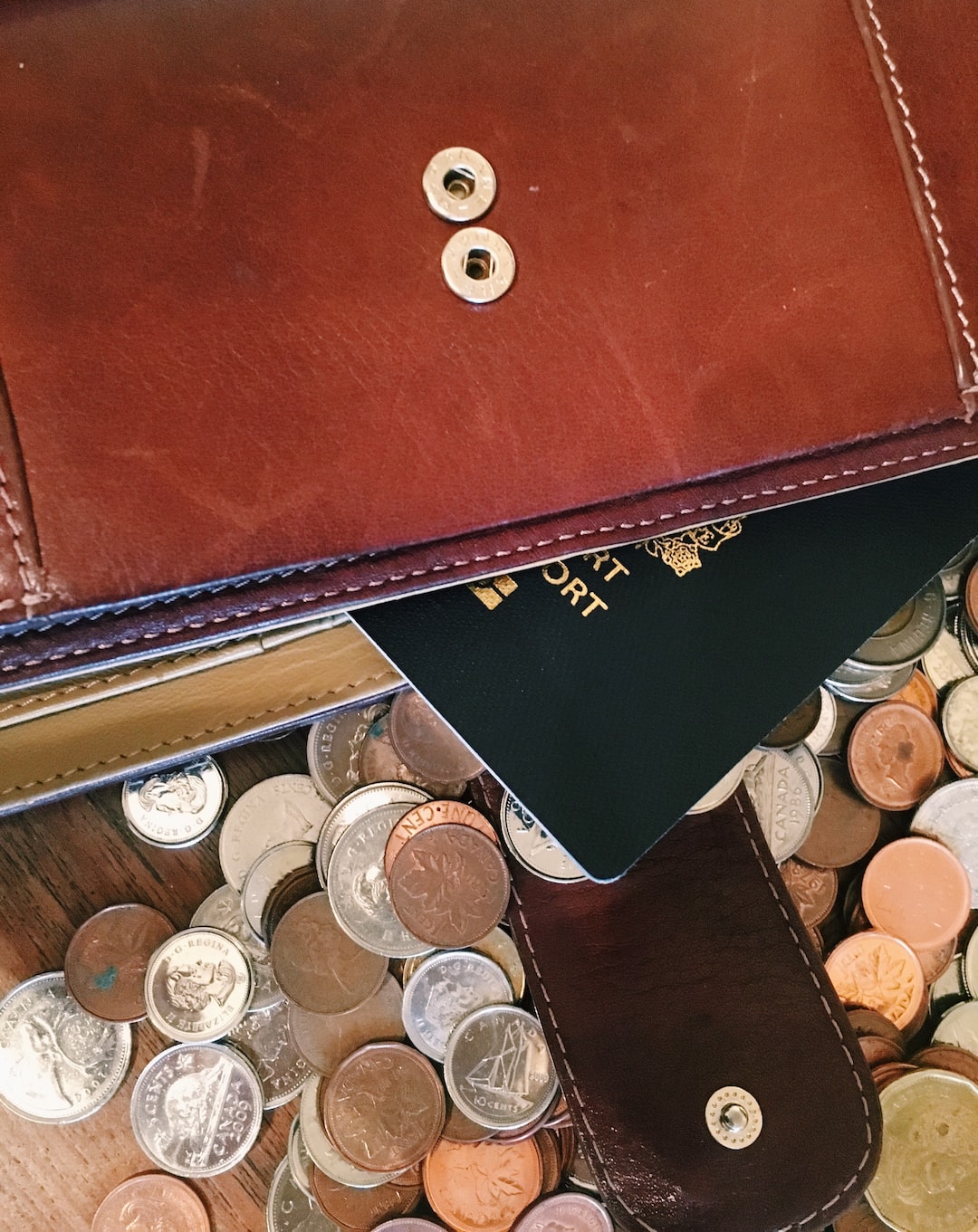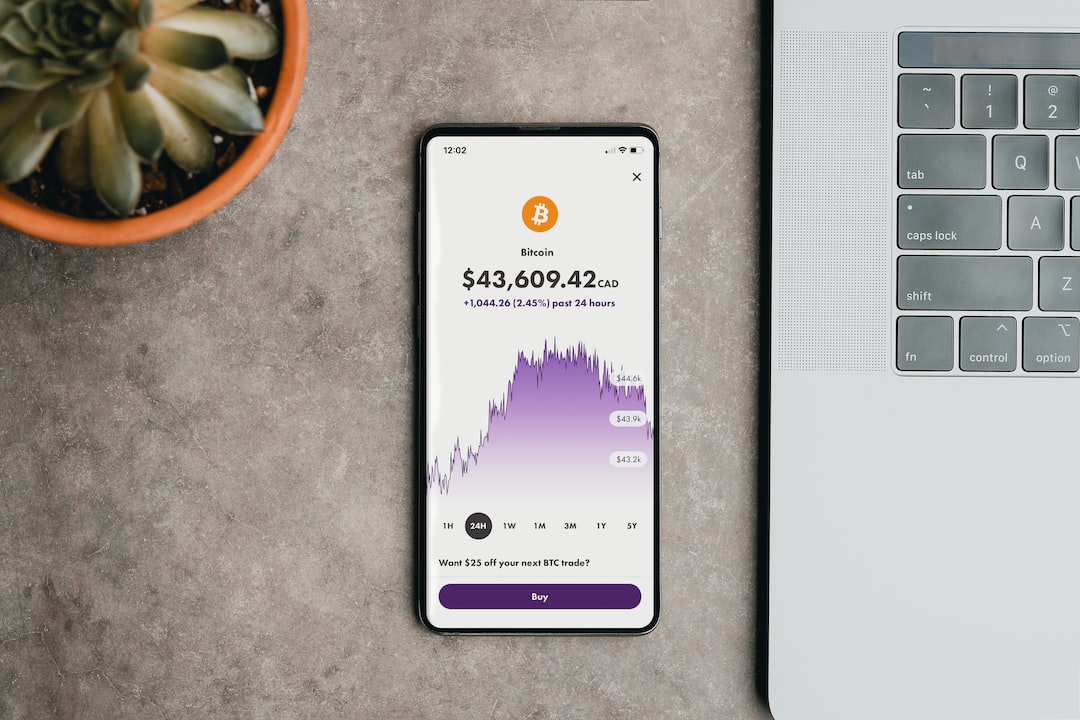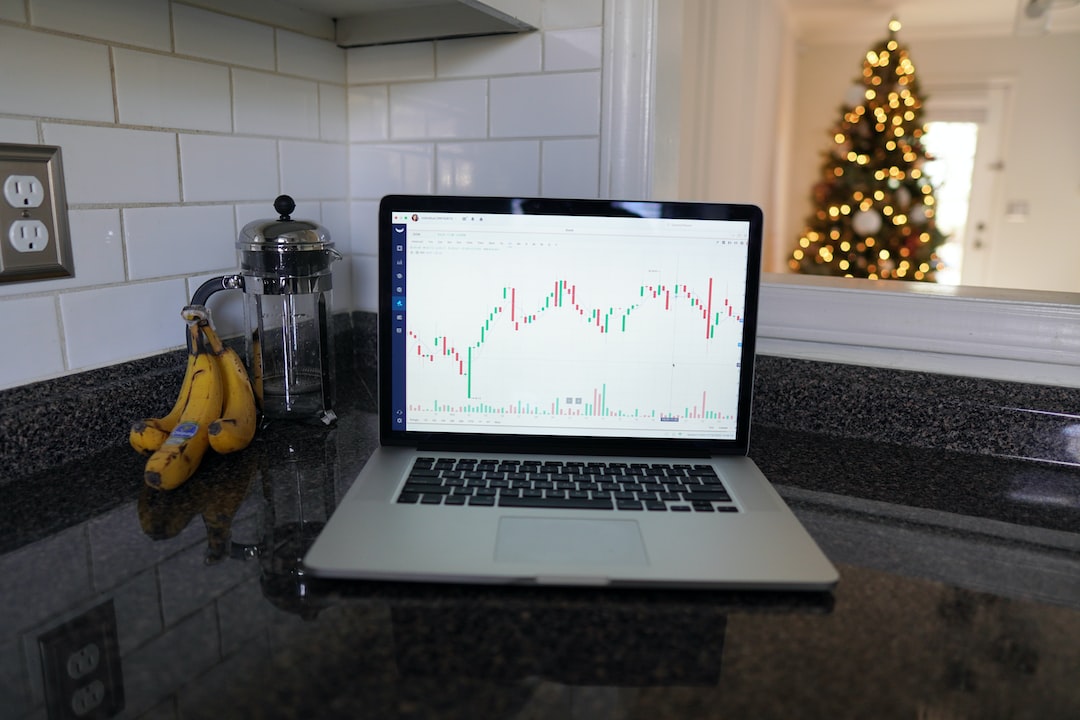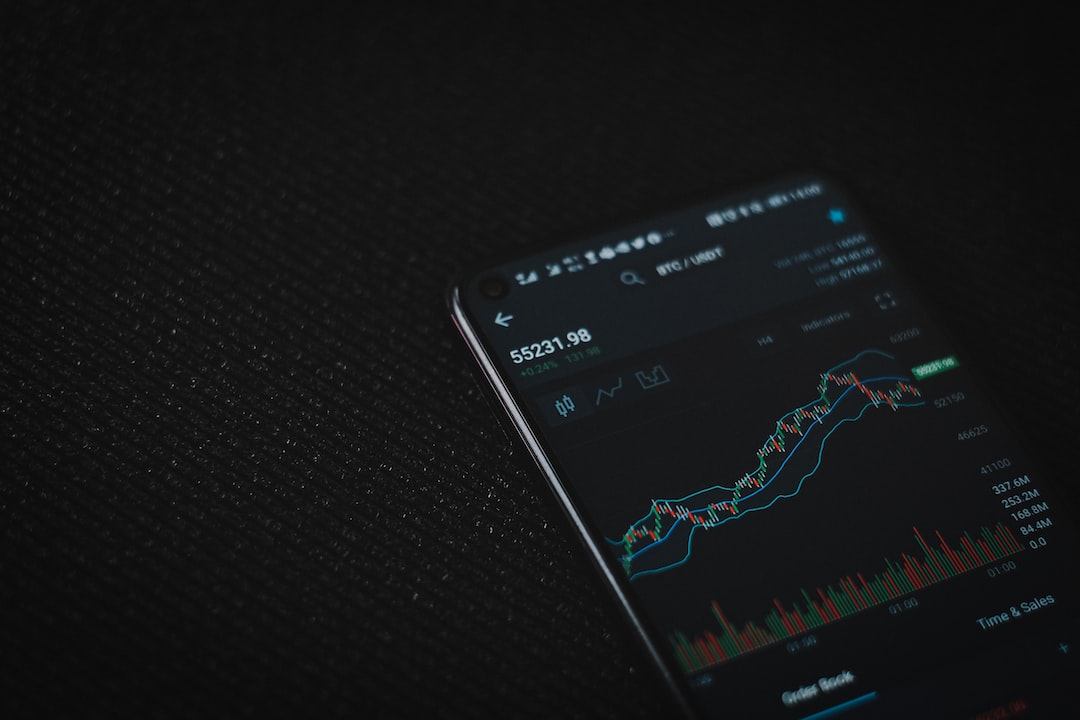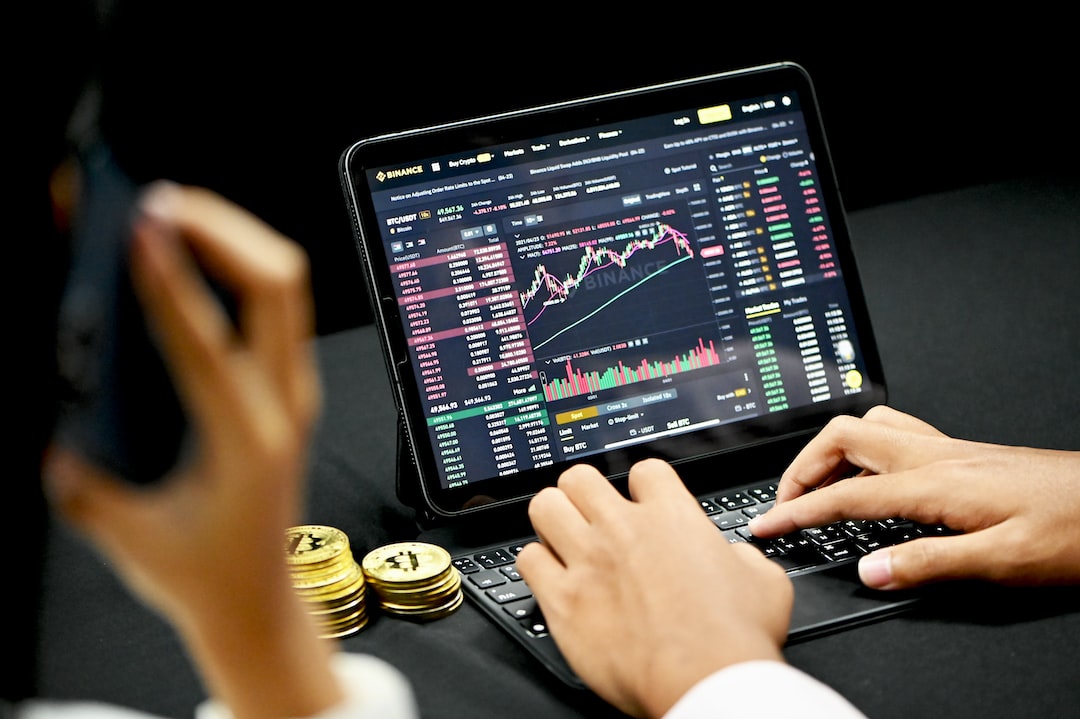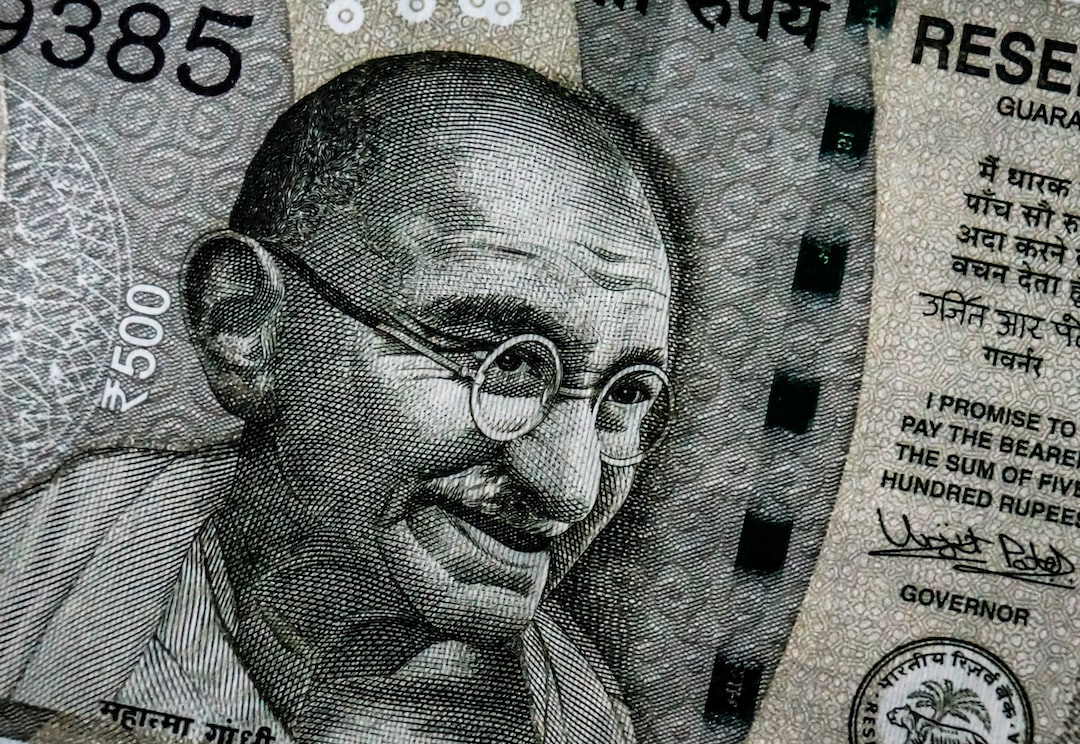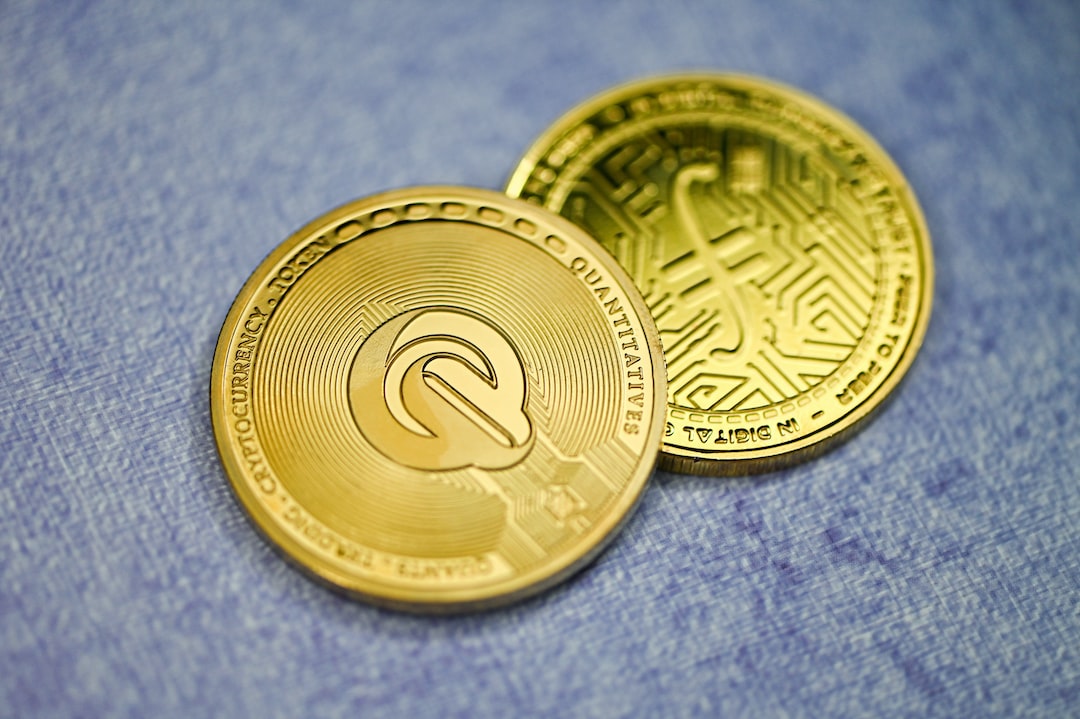Maximizing Profits with Forex Inside Bar Trading: A Case Study
Forex trading is a popular investment option for individuals who want to make profits from the fluctuating currency exchange rates. Among the various strategies available, inside bar trading has gained significant attention due to its potential to maximize profits. In this article, we will delve into the concept of inside bar trading, explore its benefits, and provide a case study illustrating how this strategy can be employed to generate substantial returns.
Inside bar trading is a price action strategy that involves identifying and capitalizing on a specific pattern formed by the price bars on a forex chart. It is characterized by the formation of a bar or candlestick that is completely engulfed by the previous bar, commonly referred to as the “inside bar.” This pattern indicates a period of consolidation or indecision in the market, and traders can exploit it to enter high-probability trades.
The inside bar pattern is considered significant in forex trading due to its potential to indicate a reversal or continuation of the prevailing trend. When an inside bar forms after a strong uptrend or downtrend, it suggests a potential reversal in the market sentiment. Conversely, if an inside bar appears within a consolidation phase, it often signifies a continuation of the ongoing trend.
One of the primary advantages of inside bar trading is its simplicity. Traders can easily identify the pattern on their charts and use it as a basis for making informed trading decisions. Additionally, this strategy aligns with the concept of trading with the trend, which increases the probability of success.
To illustrate the effectiveness of inside bar trading, let’s consider a case study involving the EUR/USD currency pair. Suppose we are analyzing a daily chart and notice an inside bar formation after a significant downtrend. The inside bar has a high and low range that is completely contained within the preceding bar. This pattern indicates a potential reversal in the bearish trend.
To enter a trade based on this setup, we would place a buy stop order above the high of the inside bar, along with a stop-loss order below the low of the inside bar. The idea behind this approach is to capture the potential upside momentum if the price breaks above the inside bar’s high.
In our case study, let’s assume that the buy stop order is triggered as the price breaks above the inside bar. As the market moves in our favor, we can adjust our stop-loss order to protect our profits and ensure a risk-free trade. Traders often use a trailing stop-loss technique, where they trail the stop-loss order at a certain distance below the rising price to lock in profits if the market reverses.
Suppose the price continues to move in our favor, reaching our predetermined profit target. At this point, we would exit the trade and book our profits. By effectively capitalizing on the inside bar pattern, we have maximized our profits by capturing the potential trend reversal.
It is important to note that inside bar trading, like any other strategy, carries inherent risks. While the pattern indicates a potential reversal or continuation, it does not guarantee a profitable outcome. Therefore, it is crucial to employ proper risk management techniques, such as setting appropriate stop-loss orders and adhering to a disciplined trading plan.
In conclusion, inside bar trading is a popular strategy in forex trading that offers the potential to maximize profits. By identifying and capitalizing on the inside bar pattern, traders can enter high-probability trades and capture potential trend reversals or continuations. However, it is essential to exercise caution and implement proper risk management techniques to mitigate the associated risks. By understanding and applying this strategy effectively, traders can enhance their chances of success in the forex market.






